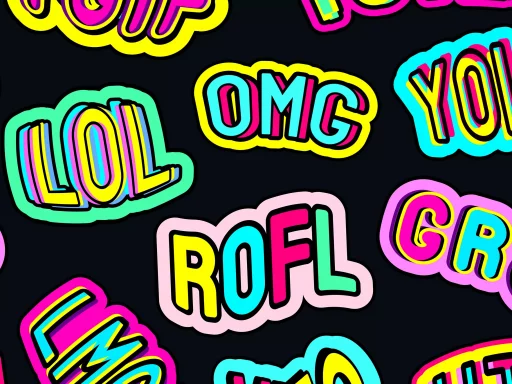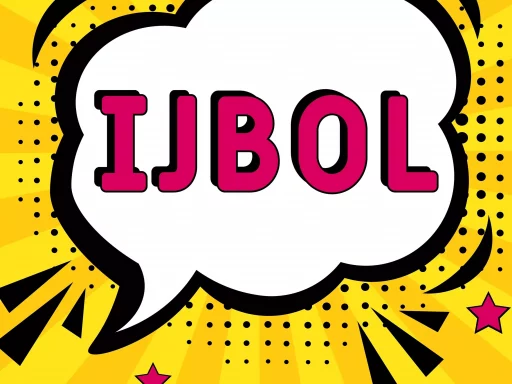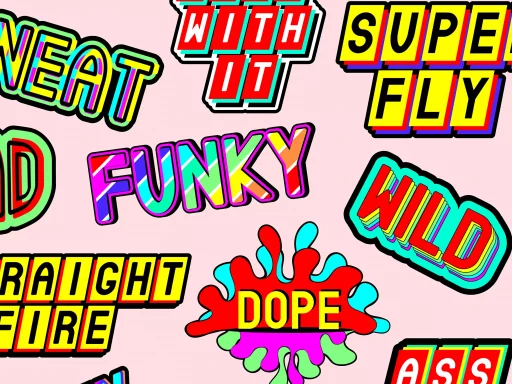Introduction
In the evolving world of slang, “no homo” has emerged as a popular phrase used predominantly among younger generations, particularly in social settings. The term, while seemingly innocuous, carries deeper implications regarding masculinity, sexuality, and the nuances of modern communication. In this article, we will explore the meaning, usage, and socio-cultural context of “no homo,” as well as its impact in various settings.
Defining ‘No Homo’
“No homo” is a colloquial expression used primarily by men after making a statement that could be interpreted as sexually suggestive or affectionate towards another man. The phrase serves as a disclaimer intended to assert the speaker’s heterosexuality, thus creating a barrier against potential misunderstandings.
The Origins of ‘No Homo’
The phrase gained momentum in the early 2000s, largely in hip-hop culture. It was popularized by rappers who used it to express camaraderie while ensuring their audience understood that their intentions were not romantic. This trend can be seen in numerous lyrics and subsequently spilled over into everyday vernacular.
Cultural Context and Usage
In today’s context, “no homo” reflects the complexities of male bonding. These friendships often navigate societal expectations regarding masculinity, where expressions of closeness can be misinterpreted. Common scenarios where “no homo” might be used include:
- Complimenting a friend’s appearance
- Expressing affection through physical touch, like hugs
- Making jokes that could be perceived as flirting
While the phrase aims to clarify intentions, it also highlights the pressure men face to conform to traditional notions of masculinity.
Examples of Usage
Consider these hypothetical scenarios showcasing the use of “no homo”:
- Scenario 1: During a sporting event, one friend says to another, “You look great in that jersey, no homo!” Here, the phrase is used to deflect any implications of attraction.
- Scenario 2: A group of friends is joking around and one states, “I love you guys, no homo.” This adds humor while ensuring the acknowledgment of a platonic bond.
- Scenario 3: After a team victory, a player might say, “That was an amazing play, bro. No homo, but I really admire how you handled that!” This battle against vulnerability manifests in the need for verbal disclaimers.
Case Studies
Recognizing the implications of “no homo” runs deeper than mere words. In a study published in the journal Sex Roles, researchers found that 57% of male respondents admitted to using the phrase to navigate social situations, showcasing the prevalence of performative masculinity. Other findings indicated:
- Over 70% of young men expressed feeling the need to assert their heterosexuality in contexts where emotional closeness was present.
- Many respondents noted that while the phrase was often used humorously, it sometimes perpetuated a negative culture around vulnerability.
As seen in these case studies, the rhetoric surrounding “no homo” serves both as a protective device and a potential contributor to stigmas surrounding emotional expressions among men.
The Impact of Modern Perspective
In contemporary society, discussions surrounding gender roles and sexual orientation are increasingly nuanced. While some argue that using “no homo” could reinforce negative stereotypes about masculinity, others view it as a lighthearted means of expression among friends.
The LGBTQ+ community has also reacted to the phrase, noting that its usage often trivializes the very real issues of masculinity and homophobia. Those advocating for the deconstruction of gender norms argue that such phrases are counterproductive to the acceptance and understanding of sexual fluidity.
Conclusion
In essence, “no homo” is more than just a phrase; it’s a reflection of societal views on masculinity, friendship, and sexual orientation. While its usage may be rooted in humor and camaraderie, it also reveals underlying tensions and expectations that men grapple with in social interactions. Understanding these dynamics invites a larger conversation about how language shapes our perceptions of relationships, affection, and identity in an increasingly diverse world.






